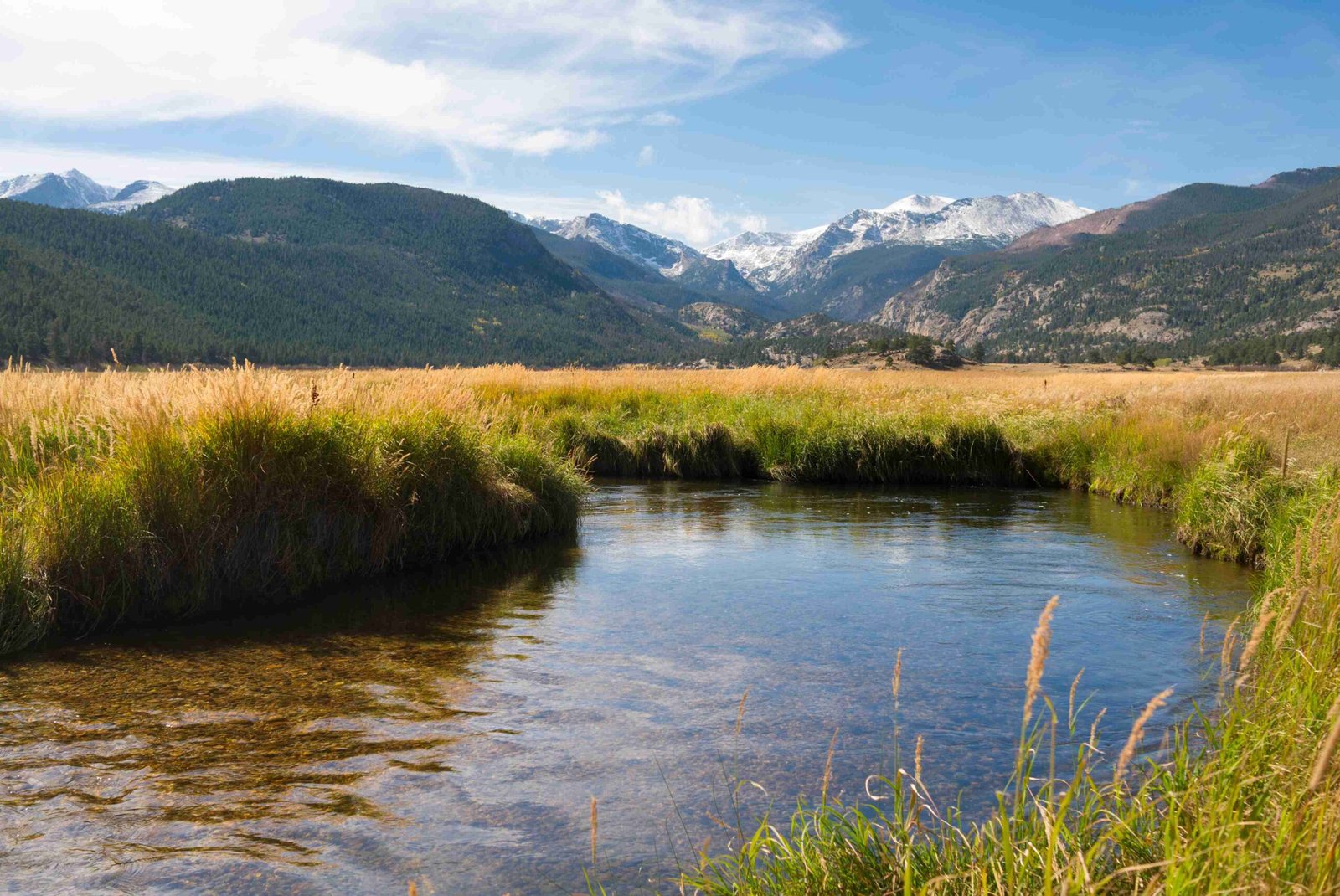The reintroduction of gray wolves to Rocky Mountain National Park marks a significant ecological event. As part of Colorado’s wolf reintroduction program, these apex predators are now making their way into the park’s diverse ecosystems. Their presence is expected to have far-reaching impacts on the park’s wildlife and vegetation, similar to the transformative effects observed in Yellowstone National Park following wolf reintroduction there in the 1990s.
What Are the Key Behaviors of Reintroduced Gray Wolves in Rocky Mountain National Park?

Reintroduced gray wolves in Rocky Mountain National Park exhibit several key behaviors that are crucial to their survival and impact on the ecosystem:
- Hunting Patterns:
- Primarily prey on large ungulates, especially elk
- Hunt cooperatively in packs
- Target vulnerable prey like elk calves and weaker adults
-
Adapt hunting strategies based on prey behavior and presence of other predators
-
Social Interactions:
- Live in highly structured packs
- Exhibit complex social dynamics
- Engage in cooperative care of offspring
-
Display distinct roles and personality traits within the pack
-
Territorial Marking:
- Use howling as a form of communication and territorial defense
- Engage in scent-marking with urine to define pack boundaries
- Maintain pack cohesion through these behaviors
How Does the Habitat of Rocky Mountain National Park Support Gray Wolves?

Rocky Mountain National Park provides an ideal habitat for gray wolves due to its diverse landscape and abundant prey. The following characteristics make the park suitable for wolf reintroduction:
- Vegetation Types:
- Diverse plant communities including willows, aspen, and coniferous forests
-
Provides cover and food sources for wolf prey species
-
Elevation Ranges:
- Spans from 7,800 to 12,000 feet above sea level
-
Wolves adapt to various elevations but focus on areas with abundant prey
-
Prey Availability:
- Abundant elk population, the primary prey for wolves
- Presence of other prey species like deer and moose
- Diverse landscape ensures distributed prey populations
What Impact Do Reintroduced Gray Wolves Have on the Park’s Ecosystem?
The reintroduction of gray wolves to Rocky Mountain National Park is expected to have significant ecological impacts:
- Changes in Prey Populations:
- Potential reduction in elk numbers
-
Increased vigilance and altered grazing patterns of elk
-
Vegetation Recovery:
- Reduced elk grazing pressure allows for recovery of willows, aspen, and cottonwood
-
Benefits species dependent on these plants for habitat and food
-
Biodiversity Enhancement:
- Cascade effect improving overall ecosystem health
- Potential increase in beaver populations, creating new habitats
- Wolf-killed prey carcasses support various scavenger species
How Are Wolves Tracked in Rocky Mountain National Park?
Tracking reintroduced gray wolves in Rocky Mountain National Park is crucial for monitoring their movement and impact:
- Tracking Methods:
- GPS collars fitted on wolves transmit location information
-
Allows Colorado Parks and Wildlife (CPW) to monitor movement patterns and behavior
-
Monitoring Frequency:
- Regular updates provided by CPW, often monthly
-
Annual capture of a small proportion of wolves for collar fitting
-
Data Collection:
- GPS collar data shows wolf movement across the Continental Divide and into the front range
- Helps understand pack dynamics and interactions with environment and other species
What Are the Challenges and Opportunities of Wolf Reintroduction?
The reintroduction of gray wolves to Rocky Mountain National Park presents both challenges and opportunities:
Challenges:
- Human-wildlife conflict
- Livestock predation concerns
- Balancing wolf population with prey availability
Opportunities:
- Restoration of natural ecosystem processes
- Increased biodiversity
- Potential boost to ecotourism
How Can Visitors Experience Wolf Presence in the Park?
While direct wolf sightings are rare, visitors can experience the impact of wolf presence in Rocky Mountain National Park through:
- Ranger-led programs about wolf ecology
- Observing changes in elk behavior and distribution
- Noticing vegetation recovery in previously overgrazed areas
- Participating in citizen science projects related to wolf reintroduction
What is the Future Outlook for Wolves in Rocky Mountain National Park?
The future of reintroduced gray wolves in Rocky Mountain National Park depends on several factors:
- Continued monitoring and management by park authorities
- Public support and education about wolf ecology
- Adaptive management strategies to address challenges
- Long-term studies on ecosystem impacts
As the reintroduced gray wolves continue to wander into and establish themselves in Rocky Mountain National Park, their presence promises to reshape the park’s ecological dynamics. This natural experiment offers valuable insights into ecosystem restoration and the complex interplay between predators, prey, and their environment.
References:
1. https://www.nps.gov/romo/learn/nature/gray-wolves.htm
2. https://www.yellowstonepark.com/things-to-do/wildlife/wolf-reintroduction-changes-ecosystem/
3. https://www.nps.gov/yell/learn/nature/wolves.htm

